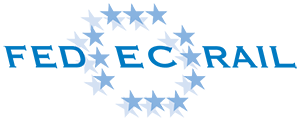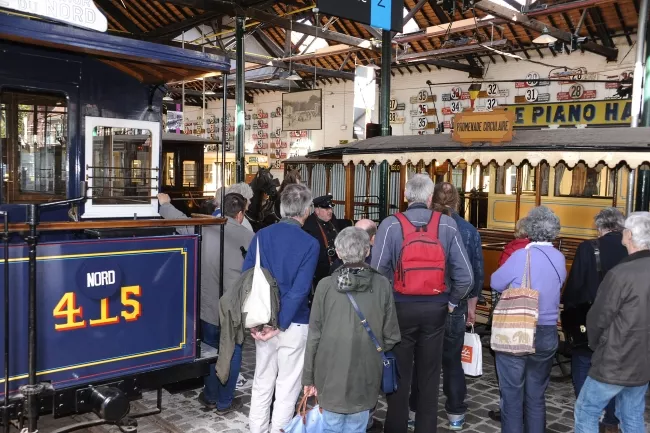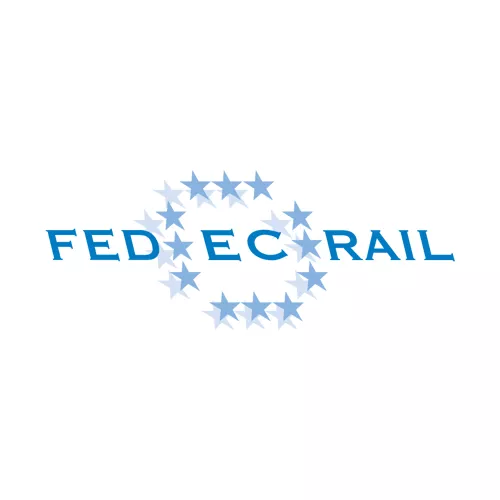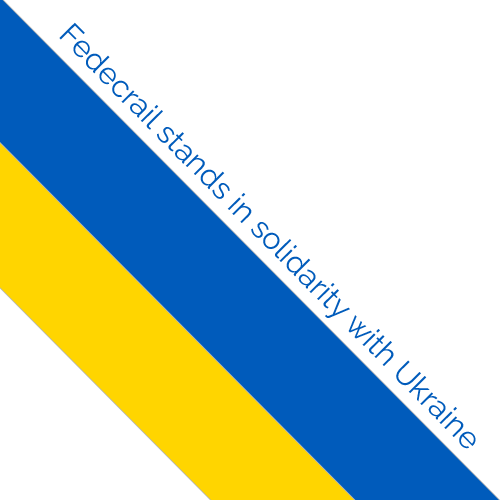Informative updates, excursions and FEDECRAIL’s annual General Assembly were, as usual, the fixtures of the conference ‘Belgium 2017’ in the first half of May in Antwerp. With this choice of location, FEDECRAIL has brought the congress back to the country of its inception two decades ago: the first ever conference took place in 1994 in Brussels.
As usual, the business sessions and the excursion programme came together seamlessly. The core topics on the main conference day, featuring distinguished speakers, included on the one hand the collaboration with external organisations and on the other hand the current issue of coal and environmental protection, especially with a view to reducing emissions.
Among the most important institutions for FEDECRAIL is the European Union Agency for Railways (ERA), of which our European association has been an advisory member since 2014. Its executive director Josef Doppelbauer used his presentation to stress the importance of making full use of the potential for innovation in rail transport and of usings its strengths in order to avoid being outpaced by road traffic and other modes of transport. He stressed that EU-wide rail transport as the backbone of the economy requires co-operation, competitiveness, regulations on the EU level and technological harmonisation such as ERTMS. Doppelbauer then responded to critical questions from the audience and welcomed the collaboration with FEDECRAIL.
Ignacio Barron de Angioti, Director for Passengers and High Speed, presented the International Union of Railways (UIC) and Project Manager Vanessa Pérez introduced the new UIC project TopRail (Tourism Opportunities for Railways). As part of this project, FEDECRAIL, WATTRAIN (World Alliance of Tourist Trams and Trains) and UIC have signed a Memorandum of Understanding which aims to promote rail-based tourism. The “Association Internationale d’Histoire des Chemins de Fer” was introduced by its President Henri Jacolin and is a recently-established, transnational and transcontinental organisation (founded in 2002) in the field of historic railways, which is dedicated in particular to issuing publications.

In his presentation entitled “Reduction of Emissions in Steam Locomotives – Problems, Improvements and Solutions,” Roger Waller of the Steam Locomotive and Engine Factory Winterthur (Switzerland) provided an initial response to the difficulties that museum and tourist railways face as a result of the move away from fossil fuels and an increasing environmental awareness. Dr René van de Broeke reported on how the Dutch Stoomtram Horn Medemblik faces the challenges of the present day, how it treats its engines and uses different types of coal, and how it fosters communication, including through activities for children. The chairman of the Dutch umbrella organisation for museum and tourist railways ‘Historisch Railvervoer Nederland’ (HRN), Kees Wielemaker, demonstrated the benefits of a national register for rolling stock, which was initiated by HRN, and showed the advantages that have arisen from a co-operation with other historical transport organisations.
The General Assembly saw, along with the usual formalities, the adoption of the Strategic Plan 2017-2020. In addition, the Heritage Operating Group (HOG), FedecYouth and the newly-established Tramway Operating Group (TOG) reported on their activities.

The excellently organised excursion programme not only led the participants through many parts of Belgium, it even went as far as Germany and the Netherlands. Tramway enthusiasts were in for a treat with trips on historic rolling stock in Antwerp, Thuin (Wallonia), Brussels and Rotterdam. Other destinations included the “Stoomtrein Dendermonde-Puurs,” the “Stoomcentrum Maldegem,” the museum of the “Association pour la Sauvegarde du Vicinal,” the “Chemin de Fer à Vapeur des Trois Vallées,” the museum “SNCB Train World” which opened in Brussels only in 2015, and the tramway museum in Brussels. Across the border, the programme also led participants to the narrow-gauge railway “Selfkantbahn” and the South Limburg Steam Train Company (ZLSM).
The annual programme for delegates’ partners and for “Friends of Fedecrail,” who support the association as private individuals, completed the conference with a visit to the UNESCO World Heritage City of Bruges and a guided tour through Antwerp. – The next annual conference is anticipated to take place in the second half of April 2018 in Edinburgh, Scotland.






